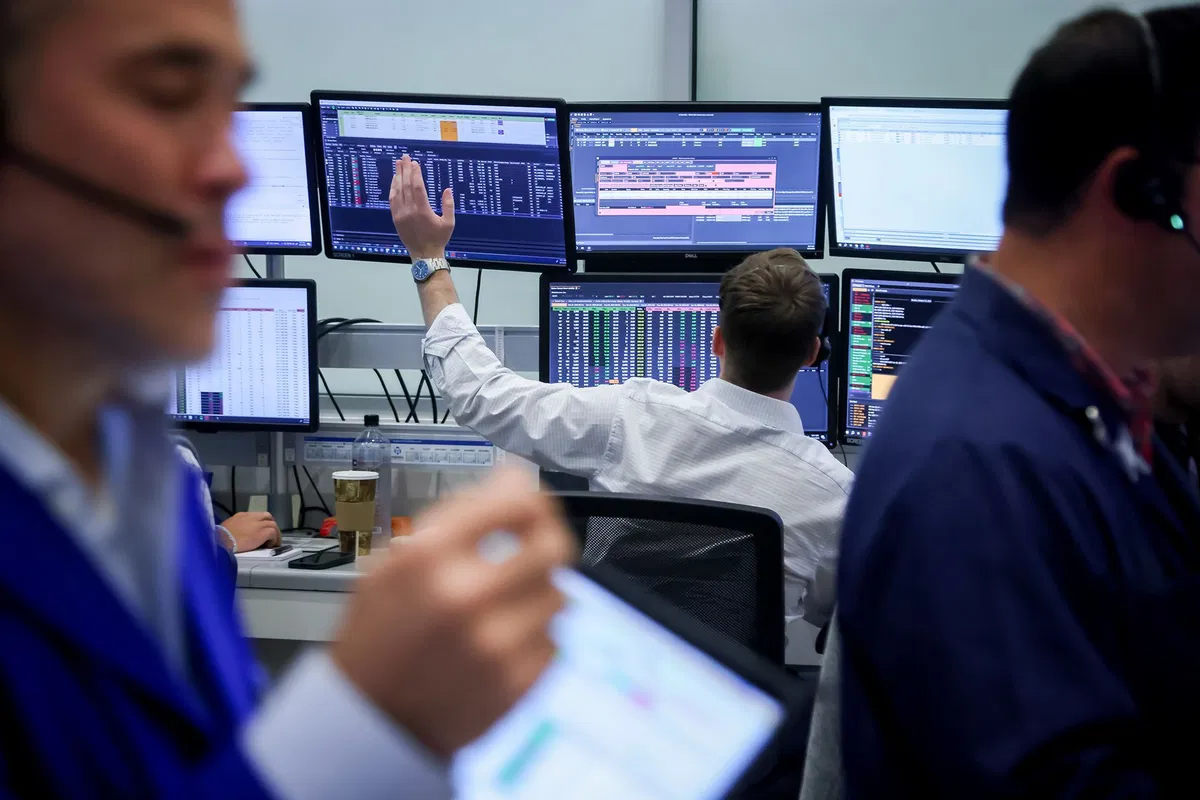Trade conflict returns, shaking investor sentiment
After months of steady gains, global equity markets are now caught in a swirl of uncertainty. This is due to renewed U.S.–China trade tensions taking center stage. On Tuesday, the Dow Jones managed to post a modest gain of 203 points (0.44%) after tumbling earlier in the day. Meanwhile, the S&P 500 edged downward and the Nasdaq posted a sharper decline. The reversal in sentiment reflects growing worry. Punitive trade measures and export restrictions may escalate, undoing much of the optimism that propelled markets higher.
Investors are particularly sensitive to signs of disruption in supply chains, especially in the semiconductor and tech sectors. Companies like NVIDIA—integral to AI and high-performance computing—have seen their stock prices swing sharply. This happens as market participants reassess exposure to trade-sensitive revenue streams. Chinese export controls on rare earths, combined with threats of 100% tariffs, have introduced new layers of risk into earnings forecasts and global procurement strategies. The U.S. Department of Commerce continues to track trade policy developments closely. They are mindful of how export restrictions and retaliatory fees can ripple through global markets.
Volatility surges, safe havens regain appeal
As geopolitical tension sharpens, traditional indicators of market stress have lit up. The CBOE Volatility Index (VIX) surged more than 30%, signaling a return to risk-off sentiment. During this return to volatility, investors have rotated toward safe-haven assets like gold, silver, and U.S. Treasuries. The U.S. Treasury Department data show flattening yield curves as demand for benchmarks rises. This reflects expectations of slowing growth if trade pressure escalates.
Gold’s resurgence is notable. As a hedge against uncertainty and inflationary pressures, the yellow metal has seen renewed inflows from institutional and retail buyers. Commodity-linked currencies and emerging market stocks are under pressure. This situation amplifies global capital flows toward perceived stability. The International Monetary Fund (IMF) frequently warns that trade shocks and sudden shifts in capital flows can upend growth trajectories. This is especially true in trade-dependent economies.
What’s ahead: tactical shifts and structural recalibration
With markets oscillating between hope and fear, many analysts believe we’re entering a period of tactical repositioning. Firms are rewriting supply chain contracts, rebalancing regional exposure, and increasing inventory buffers to cope with disruption. The World Trade Organization (WTO) suggests that such trade-policy volatility may incentivize greater regionalization and resilience in supply networks.
Meanwhile, central banks face a delicate act. If inflationary impulses emerge from rising import and shipping costs, monetary authorities could delay rate cuts—or even tighten policy. This would happen just as growth signals weaken. The Federal Reserve must balance support for economic expansion against the risk of policy missteps during a trade-driven slowdown.
In sectors like AI and semiconductors, structural transformation may accelerate. Companies may invest more heavily in domestic or nearshore manufacturing capabilities to reduce reliance on vulnerable supply chains. Some governments are already introducing incentives for domestic production of advanced chips and critical materials. As trade rivalry unfolds across multiple fronts—tariffs, port fees, export controls—the outlook for global capital markets remains uncertain. Yet, it is dynamically engaging.







